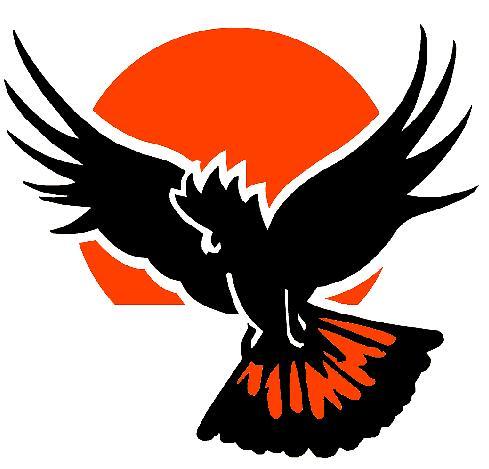Help our Red-tails
Fence off existing stands of Stringybark and Buloke and scattered paddock trees on your property, to protect from stock damage and to allow for natural regeneration.
Incentives for nests
Incentive payments are again being offered to landholders and members of the public for the discovery of new nests sites as part of the Red-tail Nest Incentive Scheme.
Join the count
Although we can’t guarantee you’ll see a Red-tail on the day, we’re sure you’ll enjoy a fun day out in the bush searching for our colourful cockatoos.
Welcome
Media Release - Help needed to find nesting cockatoos
 Image: Bob McPherson
Image: Bob McPhersonBirdLife Australia and the Red-tailed Black-Cockatoo Recovery Team are once again seeking the public’s support to help find flocks and nests of the endangered South-eastern Red-tailed Black-Cockatoo (SERTBC).
Since 2011, we have implemented a nest incentive program to help locate new nests of the cockatoo across its range. The scheme has been particularly effective with 31 new nests located thanks to information provided by the community.
This year, due to limited funding, incentives are only being offered for new nests found in South Australia. Landholders and members of the public can receive a $500 reward for information leading to the confirmation of a new nest.
Red-tails nest in large hollows close to their stringybark feeding habitat. These typically occur in very old, large eucalypts such as Red Gums. Dead Red Gums in paddocks are favoured, but Red-tails will also nest in other eucalypts (live and dead) with suitable sized hollows.
Unlike other species of Black-Cockatoos, its uncommon for Red-tails to return to the same nest year after year. Nest selection depends on the availability of food (stringybark seeds) within close proximity to nest sites. This makes finding active nests always a challenge.
Project Coordinator, Bronwyn Perryman is eager to find more nests across the range, especially in South Australia where there are very few known nests.
“Knowing where nests are helps us to protect them from nest raiding predators such as Brush tail possums. It also allows us to monitor the outcome of nests to find out which nests succeed (fledge young) and those that fail. This is now more important than ever given many years of repeated poor breeding,” said Bronwyn.
For the last two years, the Recovery Team has been working closely with PhD student Daniella Teixeira to explore whether bioacoustic methods (sounds recordings) can be used to cost effectively monitor nests and see if young birds successfully leave the nest (fledge).
“This is very exciting research and if successful will provide a non-invasive, cost-effective way to monitor large numbers of nest sites each year,” said Bronwyn.
Sighting information provided by the public can help to locate nest sites. Anyone who sees Red-tails or knows where they may be nesting is encouraged to contact Bronwyn with their sighting.
“We are particularly keen to hear from anyone who sees single adult males or pairs of Red-tails coming into water or trees with large hollows, as these are indicators of nesting birds”, explained Bronwyn.
Making a report is simple and can be done by phoning 1800 262 062; sending an email to redtail@birdlife.org.au or by visiting the website www.redtail.com.au. All we need is the date and time of sighting, number of Red-tails, the location (preferably a grid reference), and what the birds where doing (ie feeding, flying, drinking etc).
Guidelines for the nest incentive scheme and information on Red-tail nesting behaviour are available on our website www.redtail.com.au.
The SERTBC Recovery Program is supported by the South East Natural Resources Management Board and Wimmera Catchment Management Authority through funding from the Australian Government’s Regional Land Partnerships of the National Landcare Program.
Redtail News
-
BirdLife Australia and the Recovery Team are once again looking for volunteers to assist with the 2024 annual count for the nationally endangered South-eastern Red-tailed Black-Cockatoo.
This year the count will be held on Saturday 4 May across the cockatoo’s range in the South East of South Australia and South-west Victoria.
More%20edit.jpg)
-
Feb 14, 2014
Latest Video
.png)







